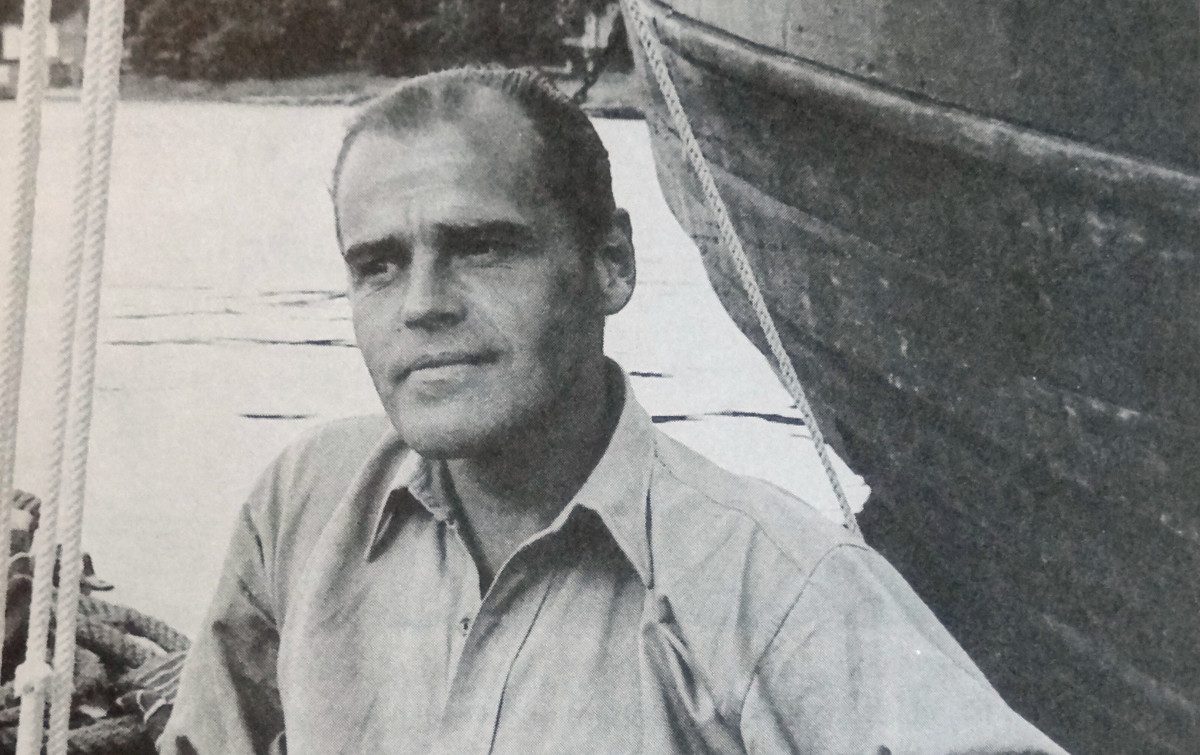
In 1940, Germany was sending vital telegrams through neutral Sweden using a sophisticated cipher, and it fell to mathematician Arne Beurling to make sense of the secret messages. In this week’s episode of the Futility Closet podcast we’ll describe the outcome, which has been called “one of the greatest accomplishments in the history of cryptography.”
We’ll also learn about mudlarking and puzzle over a chicken-killing Dane.
Intro:
In 1836, three boys discovered 17 tiny coffins entombed near Edinburgh.
On his 1965 album A Love Supreme, John Coltrane “plays” a poem on the saxophone.
Sources for our feature on Arne Beurling:
Bengt Beckman, Codebreakers: Arne Beurling and the Swedish Crypto Program During World War II, 1996.
David Kahn, The Codebreakers: The Story of Secret Writing, 1967.
David Joyner, ed., Coding Theory and Cryptography, 2000.
Bengt Beckman and Jonathan Beard, “Codebreakers: Arne Beurling and the Swedish Crypto Program During World War II,” Intelligence and National Security 18:4 (January 2004), 206-207.
Lars Ulfving, “The Geheimschreiber Secret: Arne Beurling and the Success of Swedish Signals Intelligence,” in Bo Hugemark and Probus Förlag, eds., I Orkanens Öga, 1941 — Osäker neutralitet, 1992.
Louis Kruh, “Arne Beurling and Swedish Crypto,” Cryptologia 27:3 (July 2003), 231.
John Wermer, “Recollections of Arne Beurling,” Mathematical Intelligencer 15:3 (January 1993), 32–33.
Jurgen Rohwer, “Signal Intelligence and World War II: The Unfolding Story,” Journal of Military History 63:4 (October 1999), 939-951.
Bo Kjellberg, “Memories of Arne Beurling, February 3, 1905–November 20, 1986,” Mathematical Intelligencer 15:3 (January 1993), 28–31.
Håkan Hedenmalm, “Codebreakers: Arne Beurling and the Swedish Crypto Program During World War II,” Mathematical Intelligencer 28:1 (December 2006), 57–59.
Craig Graham McKay, “Swedish Cryptanalysis and the Saga of Arne Beurling: A Book Review,” Cryptologia 23:3 (July 1999), 257.
Louis Kruh, “Swedish Signal Intelligence History,” Cryptologia 27:2 (April 2003), 186-187.
“How Sweden Cracked the Nazi Code,” Swedish History, Jan. 22, 2017.
Lars Ahlfors and Lennart Carleson, “Arne Beurling In Memoriam,” Acta Mathematica 161 (1988), 1-9.
John Borland, “Looking Back at Sweden’s Super-Code-Cracker,” Wired, Aug. 11, 2007.
“Arne Carl-August Beurling,” MacTutor History of Mathematics Archive (accessed Oct. 8, 2017).
“Arne Beurling,” Mathematics Genealogy Project (accessed Oct. 8, 2017).
“Joins Advanced Study School,” New York Times, Oct. 10, 1954.
“Arne Beurling,” Physics Today, February 2015.
Listener mail:
“Two Types: The Faces of Britain,” BBC Four, Aug. 1, 2017.
“Who Are the Mudlarks?”, Thames Museum (accessed 10/21/2017).
Lara Maiklem, “London’s History in Mud: The Woman Collecting What the Thames Washes Up,” Guardian, Sept. 14, 2016.
Military High Command Department for War Maps and Communications, German Invasion Plans for the British Isles, 1940.
This week’s lateral thinking puzzle was contributed by listener Carsten Hamann, who sent these corroborating links (warning — these spoil the puzzle).
You can listen using the player above, download this episode directly, or subscribe on iTunes or Google Play Music or via the RSS feed at http://feedpress.me/futilitycloset.
Please consider becoming a patron of Futility Closet — on our Patreon page you can pledge any amount per episode, and we’ve set up some rewards to help thank you for your support. You can also make a one-time donation on the Support Us page of the Futility Closet website.
Many thanks to Doug Ross for the music in this episode.
If you have any questions or comments you can reach us at podcast@futilitycloset.com. Thanks for listening!
